Thessaly, Greece: Exploring Local Folklore Dresses with Caryatis
- George Tatakis
- Jun 13, 2024
- 7 min read
Updated: Mar 2
Introduction: Caryatis in Thessaly, Greece
I embarked on a fascinating journey to Thessaly Greece (Thessalía - Θεσσαλία, Central Greece), to capture the essence of its traditional costumes for my black-and-white photo project, Caryatis. This trip allowed me to discover the rich cultural heritage of the region, immortalizing the intricate designs and vibrant history of local folklore dresses. Each location provided unique opportunities and challenges, making the experience unforgettable.
Table of Contents

Thessaly region takes a big part of Greece's center, and is home to Mount Olympus, the highest peak in Greece. It is a region with beautiful mountains, including the mountain of the Centaurs, Pelion, according to Greek mythology. Thessalians do not miss the beach either, since there are many lovely beaches around Pelion. Sporades islands are also part of this region. Some of the important cities and towns include Larissa, Karditsa and Trikala. The latter is a beautiful town near the majestic Meteora rocks. Meteora is a top tourist destination because of the monasteries hanging on these rock formations. There is also Volos, the port that is the entrance to the Magnesia Gulf and Pelion. Of course, you shouldn't miss having the halva of Pharsalus, although there is a love-it-or-hate-it approach to this delicacy. Landscape photographers should finally pay a visit to the Plastiras Lake, a place with unparalleled natural beauty.
You can click on any clickable image to learn more or acquire a museum-grade print for your space from Thessaly. This way you help towards the realization of important ethnographic work. Or visit the full print collection from Thessaly.
Trikeri
Trikeri is a hidden gem located in Greece, off the beaten path of traditional tourist destinations. This picturesque village offers stunning views of the Aegean Sea and a tranquil atmosphere perfect for relaxation. Whether you spend your days exploring the surrounding olive groves, swimming in the crystal-clear waters, or simply savoring delicious Greek cuisine at the local tavernas, Trikeri is a place that will capture your heart and leave you wanting to come back for more.
A Hidden “Islandic” Gem
Trikeri is a remote village, surrounded by the Aegean Sea. In the old times, Trikeri was no different than a Greek island. Historically, there was no road connection, and people relied on boats, fostering a unique maritime culture, including a tradition of sponge gathering. My day in Trikeri began early, meeting a local group who would assist me in photographing the traditional costumes. I had a nice Greek coffee at the local café in the central square while waiting for my new friends.
Photographing Tradition
We chose a local house that had preserved its traditional character as our setting. The owner of this house is the lady you see in black, Lena. I waited in the beautiful home's yard for the ladies to wear their clothes, while having one more Greek coffee with a local, and chatted about everyday life in Thessaly. The authentic interior provided the perfect backdrop for the photos. The women donned their intricate costumes, and I captured the essence of their heritage through my lens. After wrapping up the shoot, I drove to Trikeri's port and indulged in delicious seafood, a delightful reward for a fruitful day.
Pelion
Pelion, located in Thessaly, Greece, is a stunning mountain known as the home of the mythical Centaurs. This picturesque region offers a diverse landscape of lush forests, rivers, and beaches, making it a popular destination for visitors. The mountain spans between the port of Volos and the town of Trikeri, with charming stone villages like Portaria, Makrynitsa, and Tsagkarada dotting its slopes. Ski resorts on Pelion offer winter sports enthusiasts a chance to hit the slopes, while beachgoers can easily transition to the coast for a swim within a short drive. The unique blend of natural beauty and cultural history makes Pelion a must-visit destination in Greece.
Portaria
Seeking the Perfect Spot
In Portaria, I collaborated with the local women's association. Finding a suitable traditional interior was challenging. While waiting for my contacts, I enjoyed coffee at a local café. A conversation with the waitress led to a serendipitous discovery. She mentioned an abandoned house from her youth, and to my surprise, it was still standing. We used this house for the shoot, capturing stunning images that reflected the village's historical charm.
Unearthing Hidden Treasures
Afterwards, we moved to an old, abandoned shop. Despite its disuse, it housed fascinating props like an old map, empty bottles, and framed portraits, adding depth and authenticity to the photographs.
Pinakates
A Picturesque Village
Pinakates, with its stone central square, is a picturesque village that served as a beautiful setting for my project. After enjoying a meal at a local restaurant, I met with local women who had agreed to participate in the shoot.
Overcoming Challenges
On the day of the shoot, I realized I had forgotten my camera at the hotel, an hour's drive away. Despite the setback, after my return, we found a charming old two-story house where I photographed two local girls in traditional costumes. The effort was worth it, as the house provided an authentic backdrop for the portraits.
Karagouna Dresses in Trikala
Karagouna dresses in Trikala are a beautiful representation of the traditional folk clothing in Greece. These intricately embroidered garments are a sight to behold, with vibrant colors and intricate patterns that showcase the rich cultural heritage of the region. The stunning craftsmanship of these dresses highlights the skill and artistry of the local artisans who create them. Wearing a Karagouna dress is not just putting on clothing, but a celebration of tradition and pride in the history of Trikala. Whether worn for special occasions or daily life, these dresses are a symbol of a strong sense of community and identity in the region. The Karagouna costume is prevalent in villages throughout the Thessalian plain, especially around Karditsa, extending northwest to Trikala and Kalampaka, north to Tyrnavos and Larisa, east to Farsala, and south to Domokos.
A New Destination
After Pelion, I moved to another hotel in Trikala, a scenic town near the breathtaking Meteora. My focus was on photographing the local Karagouna dresses, renowned for their elaborate designs and historical significance. I had the time to explore the town, have some very good food in a couple of its numerous taverns and stroll along the city's river, Lithaeos. I will visit Trikala again, to create photographs of Meteora, for my Chorōs project.
The Mansion in Glinos
We chose an old abandoned mansion, known locally as a konaki, in the nearby village of Glinos for the shoot. The six women, dressed in meticulously prepared Karagouna costumes, posed inside the mansion. The authentic setting and historical attire made for striking images. One of my favorite shots featured the group amidst a flurry of feathers from my old pillow, creating a snow-like effect. We concluded the session with a portrait in a nearby wheat field, a symbol of Thessaly's plain.
Stefanovikion
Stefanovikion is a charming small village situated in the plain of Thessaly, known for its produce and natural habitat. Visitors to Stefanovikion can enjoy outdoor activities such as hiking and birdwatching, or simply relax in the peaceful atmosphere of this quaint village. With its warm, welcoming locals and delicious cuisine, Stefanovikion is the perfect destination for travelers looking to experience authentic Greek culture. What this place lacks is traditional architecture, since an earthquake in 1957 destroyed most of the houses, which had to be rebuilt quickly.
Final Destination
Stefanovikion was the final stop on this trip to Thessaly before returning to Athens. Here, I photographed three local girls in traditional folklore attire. The girls, including their folklore dance teachers, were very welcoming. We had some Ouzo (a Greek alcoholic drink, similar to Sambuca) and mezes (Greek tapas) in a local tavern before our location scouting.
Diverse Settings
We utilized various settings, including rooms in an old house and a warehouse. The diversity of locations added depth to the photographs. Moving outside, we created some portraits in a field of rapeseed and a cornfield. A memorable moment occurred when I encountered a locust swarm during my location scouting before meeting the company, but fortunately, I managed to close my car windows just in time.
Conclusion
My photography trip to Thessaly was an enriching experience, filled with cultural discoveries and memorable moments. Each location offered unique insights into the region's traditions and heritage, beautifully captured through the lens of Caryatis. This journey not only expanded my portfolio but also deepened my appreciation for Greece's rich cultural heritage.
Love xx
FAQ
What is Thessaly famous for?
Nestled in central Greece, Thessaly is renowned for its stunning landscapes, including the iconic Meteora rock formations and the picturesque Pelion mountain range. Home to the legendary Mount Olympus, known as the dwelling place of the ancient Greek gods, Thessaly is a region steeped in myth and history. With its fertile plains and rich agricultural traditions, Thessaly is also famous for its high-quality produce, including delicious fruits, vegetables, and dairy products. Whether you're exploring its ancient ruins or hiking through its stunning natural beauty, Thessaly offers visitors a unique and unforgettable experience.
How did you choose the locations for the shoot?
How did you ensure the authenticity of the costumes?
What challenges did you face during the trip?
What was your most memorable moment from the trip?
What inspired the Caryatis project?
Why did you choose black-and-white photography?
How can viewers experience the Caryatis project?



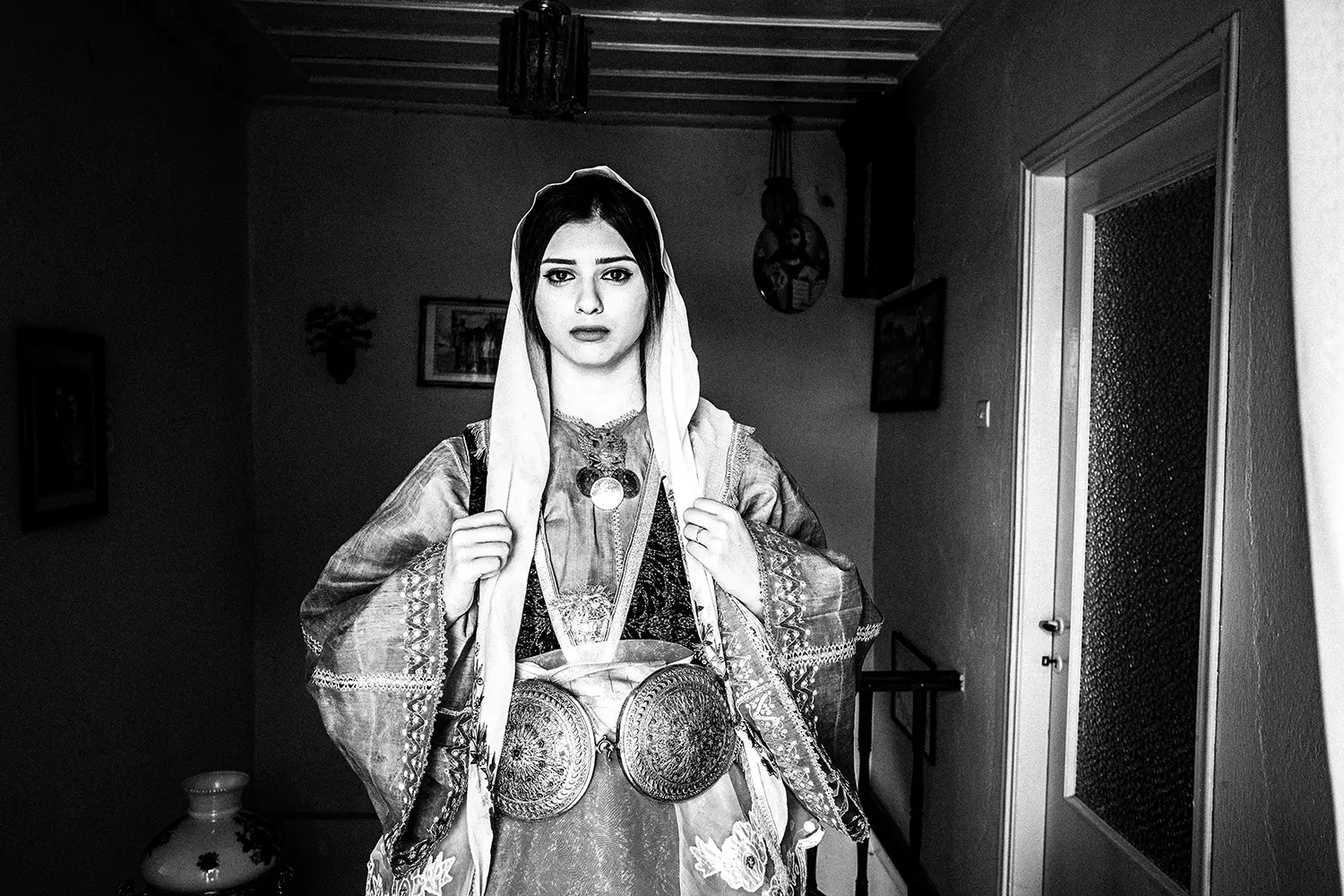
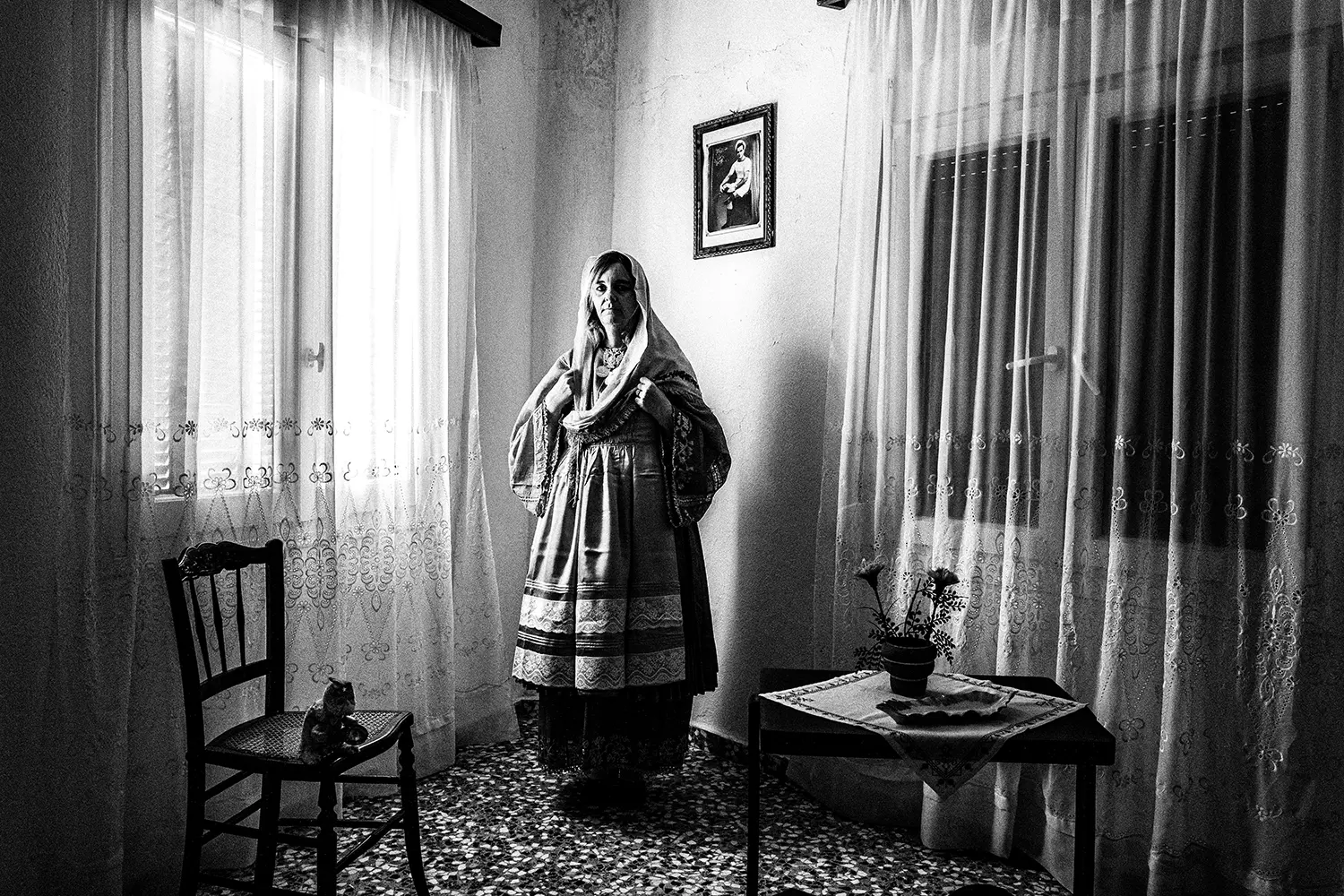

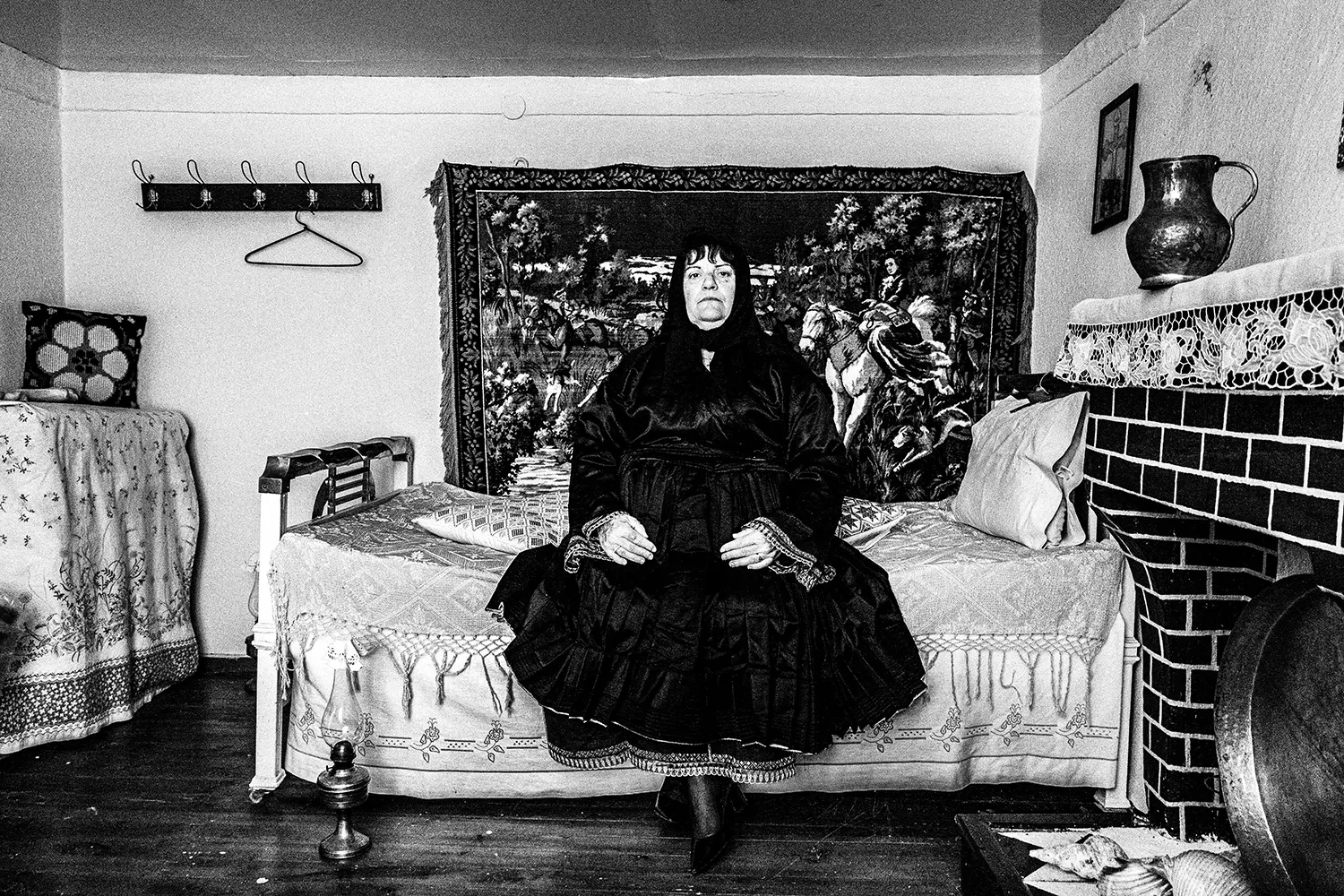
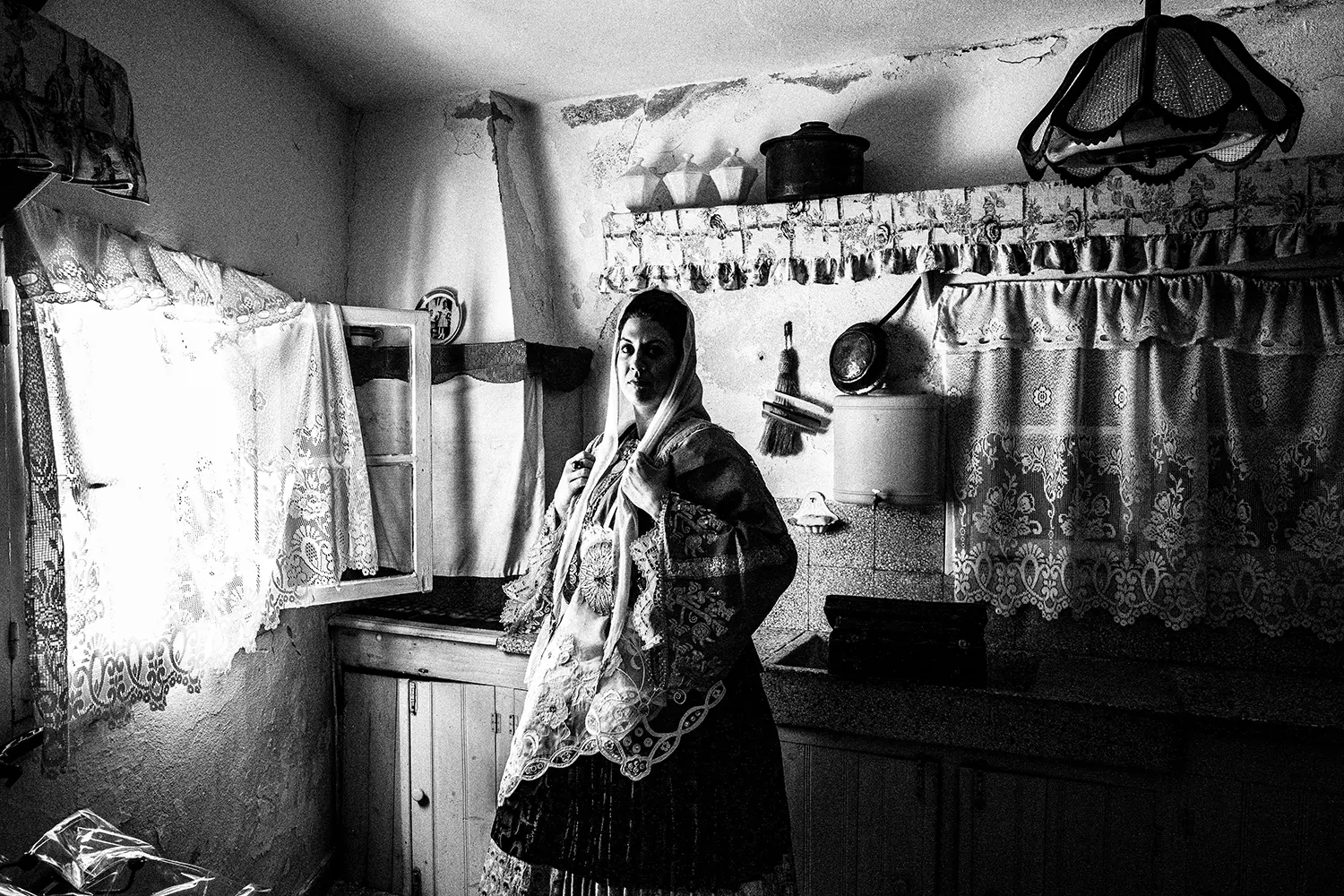
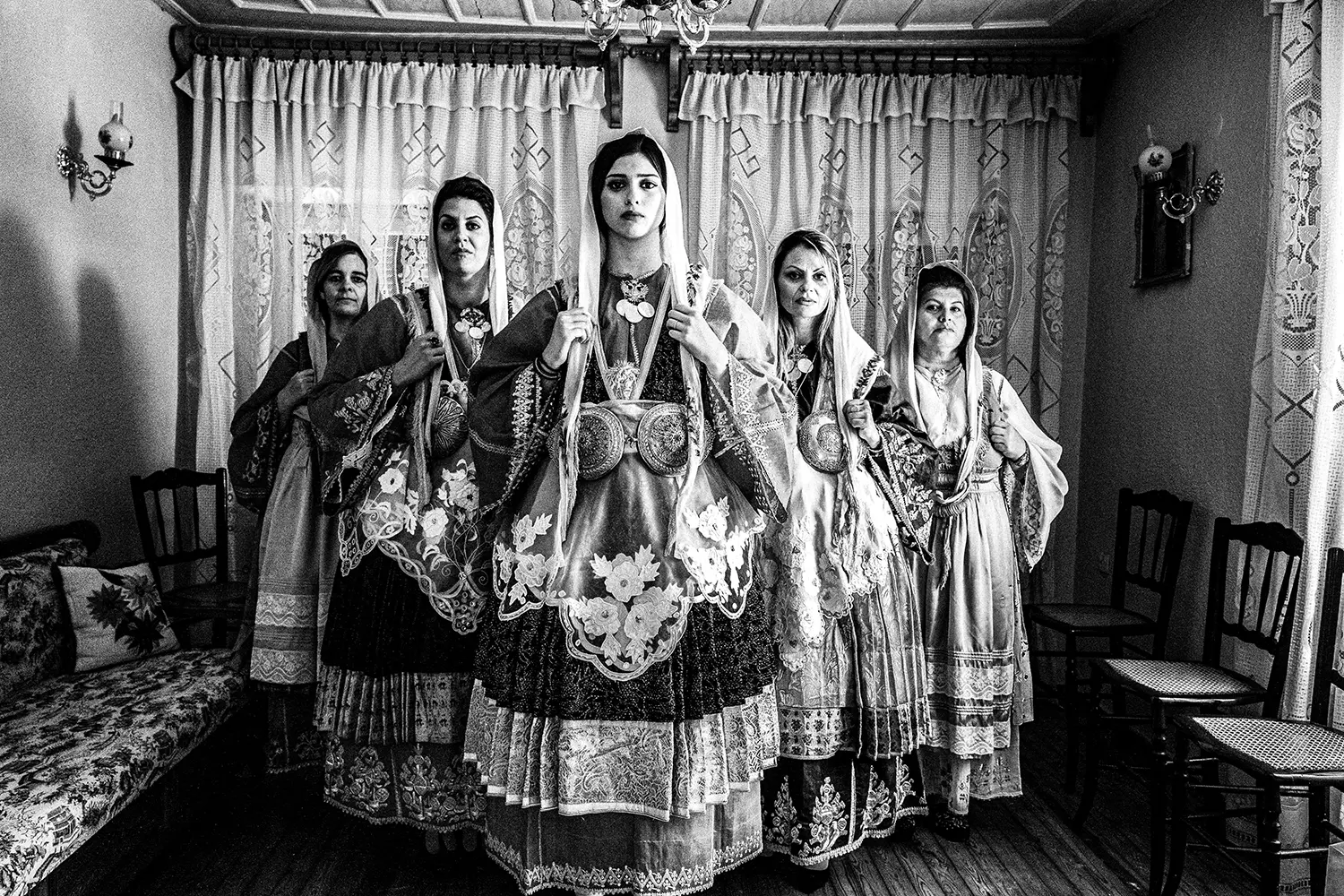
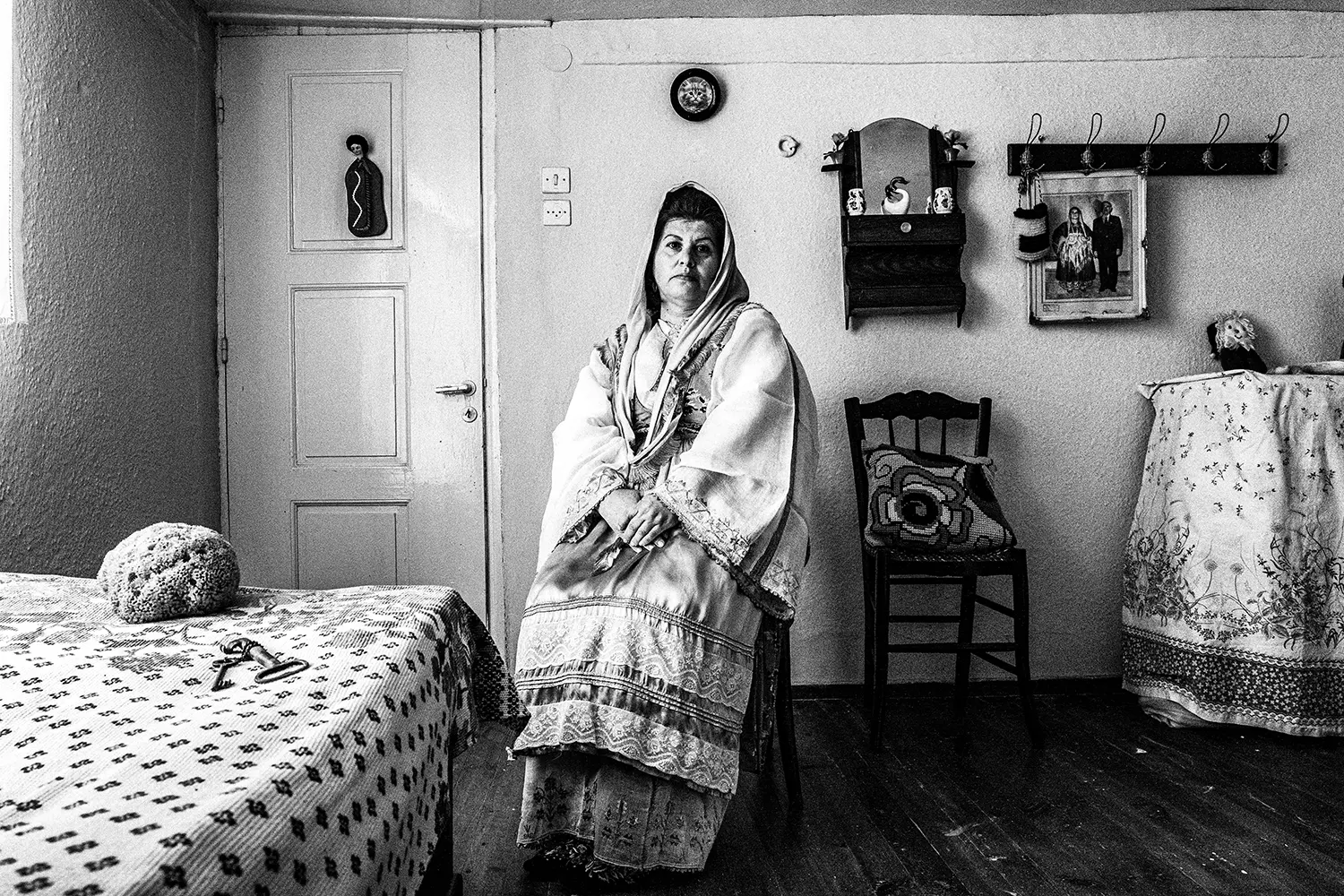
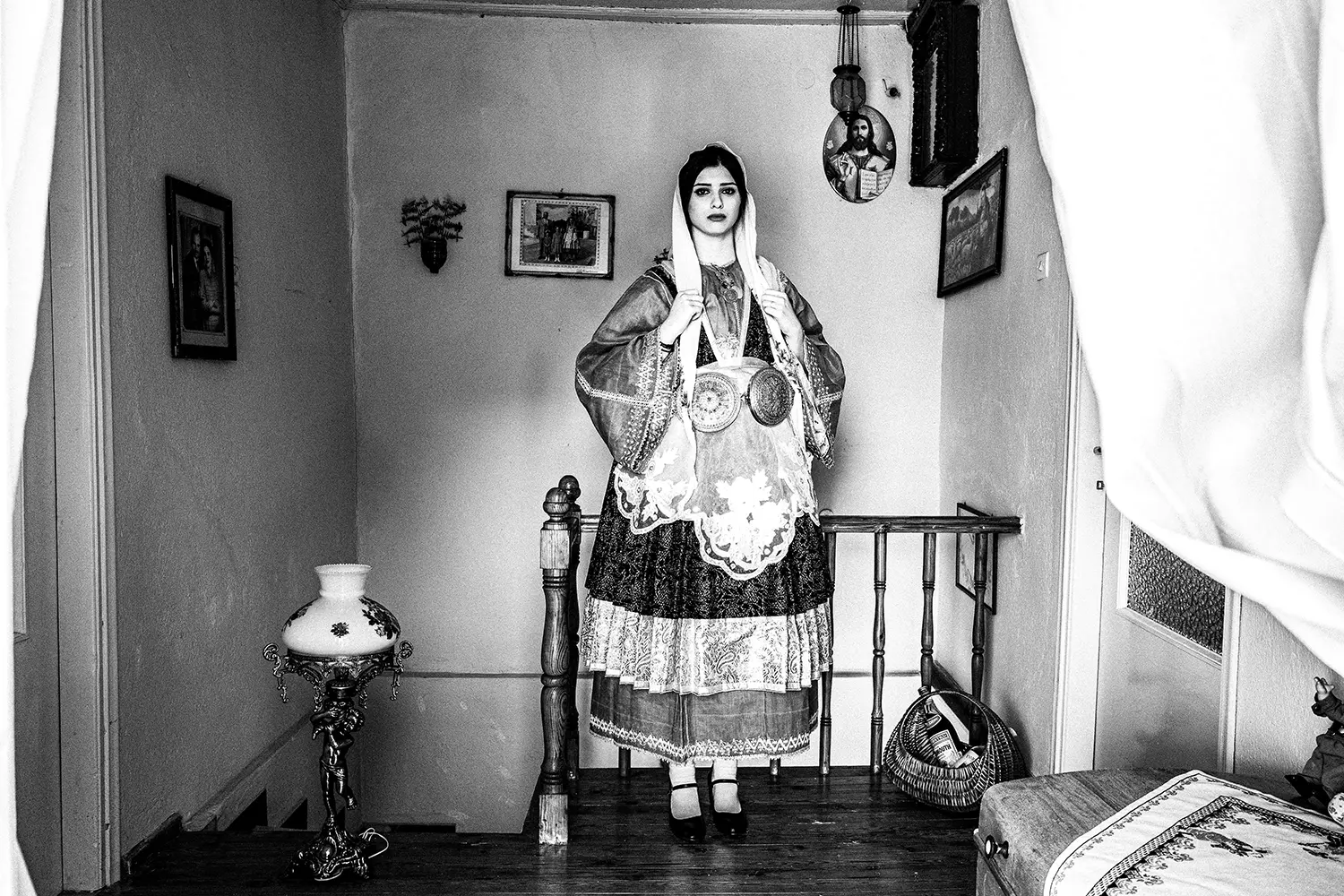
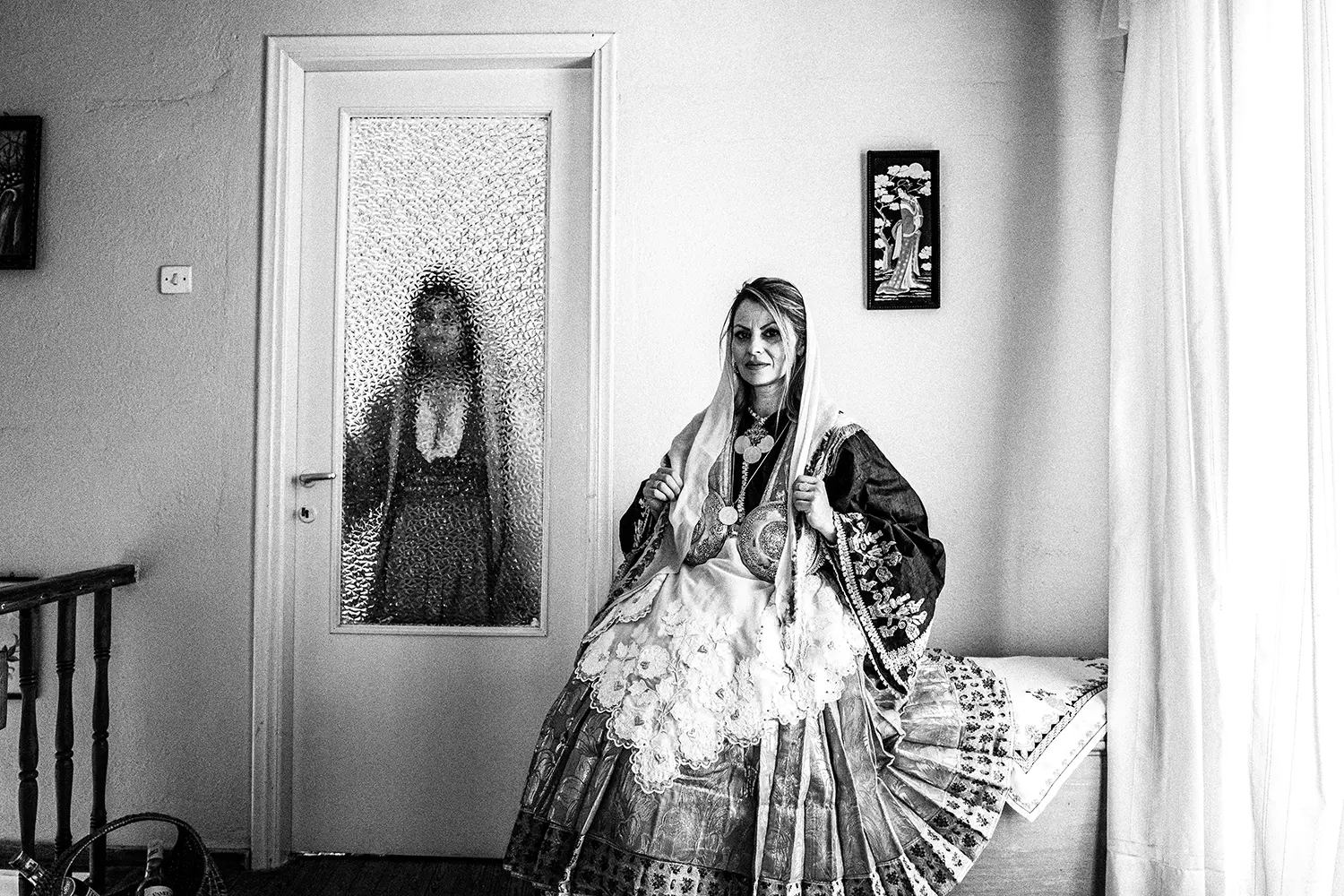



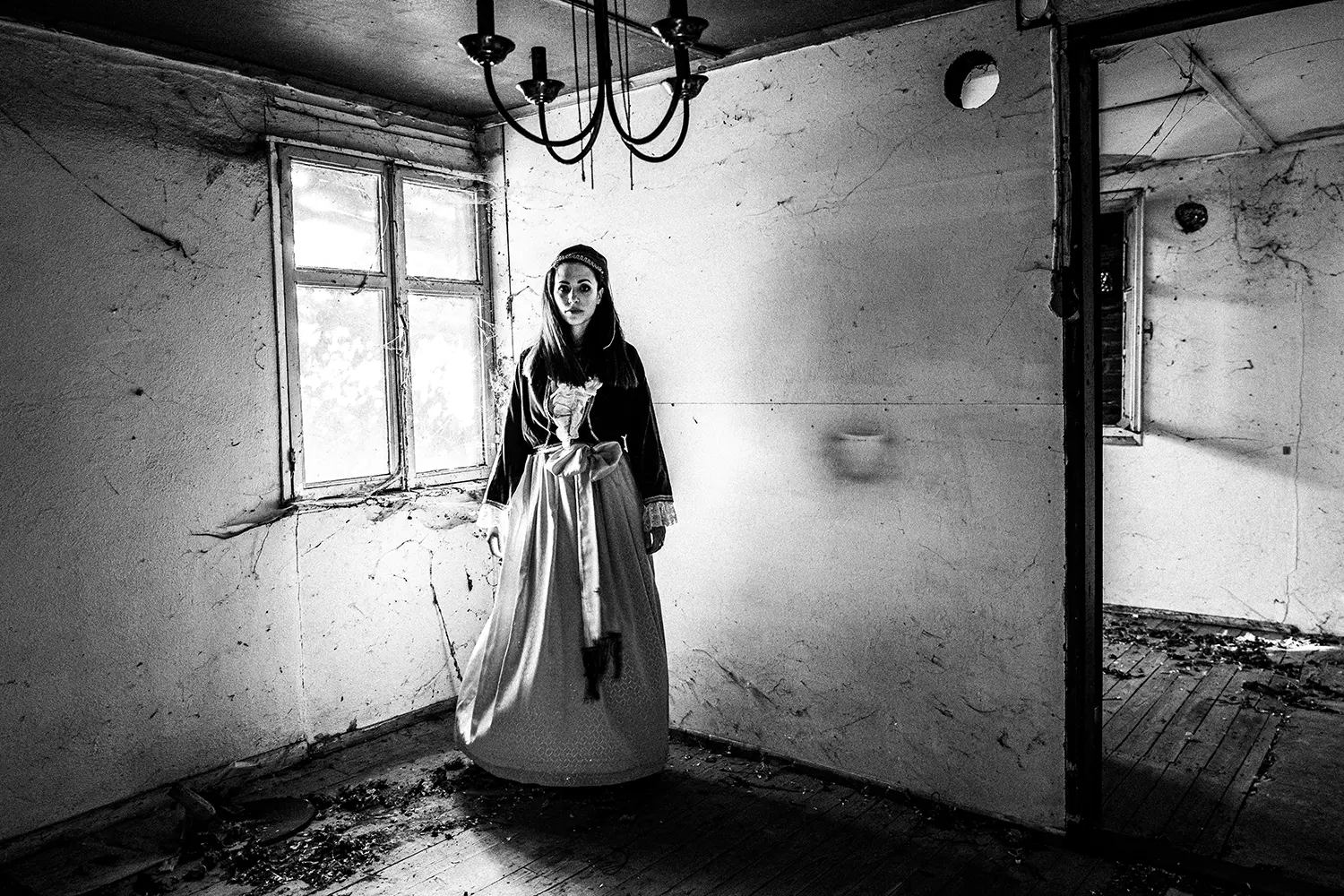
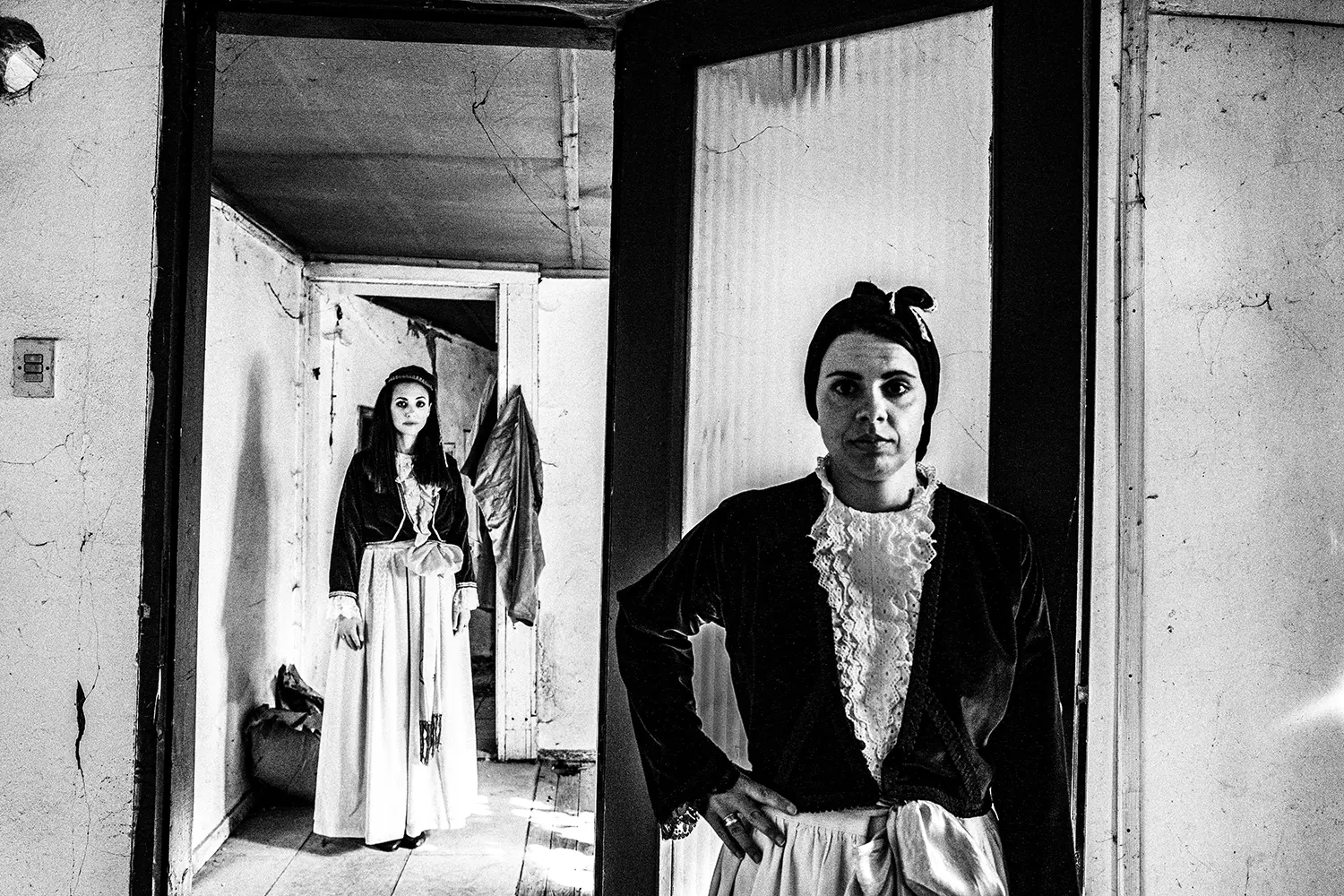

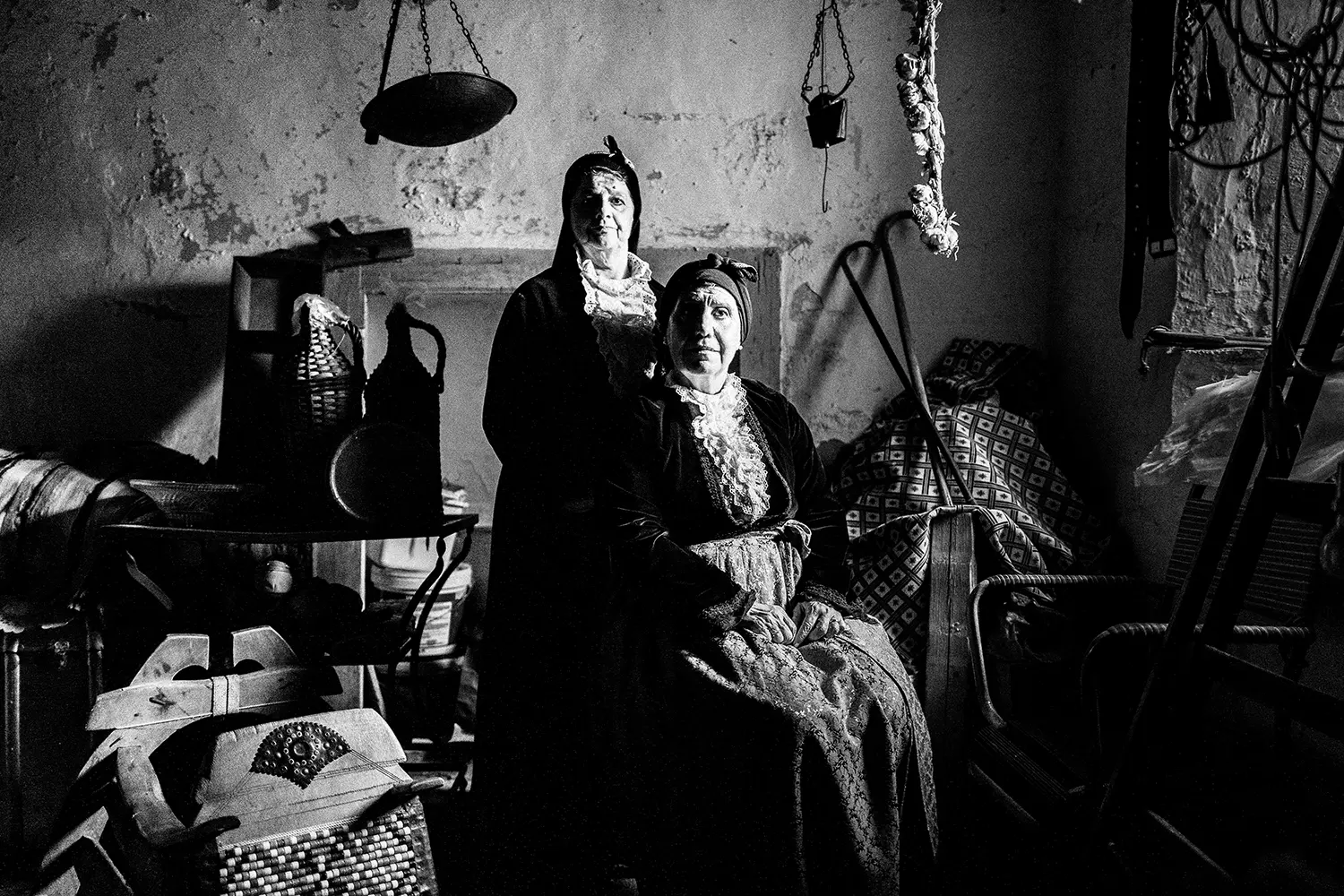
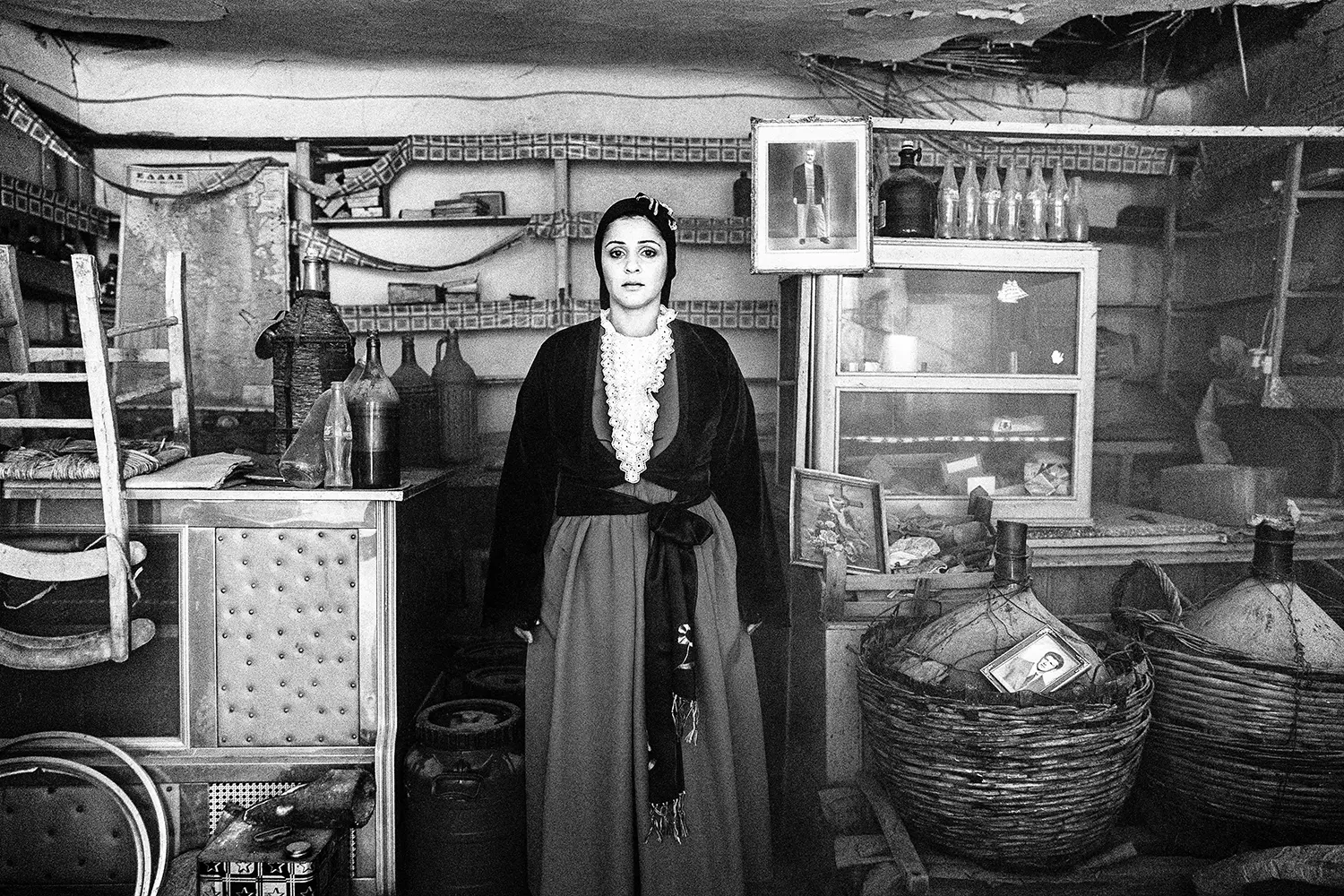


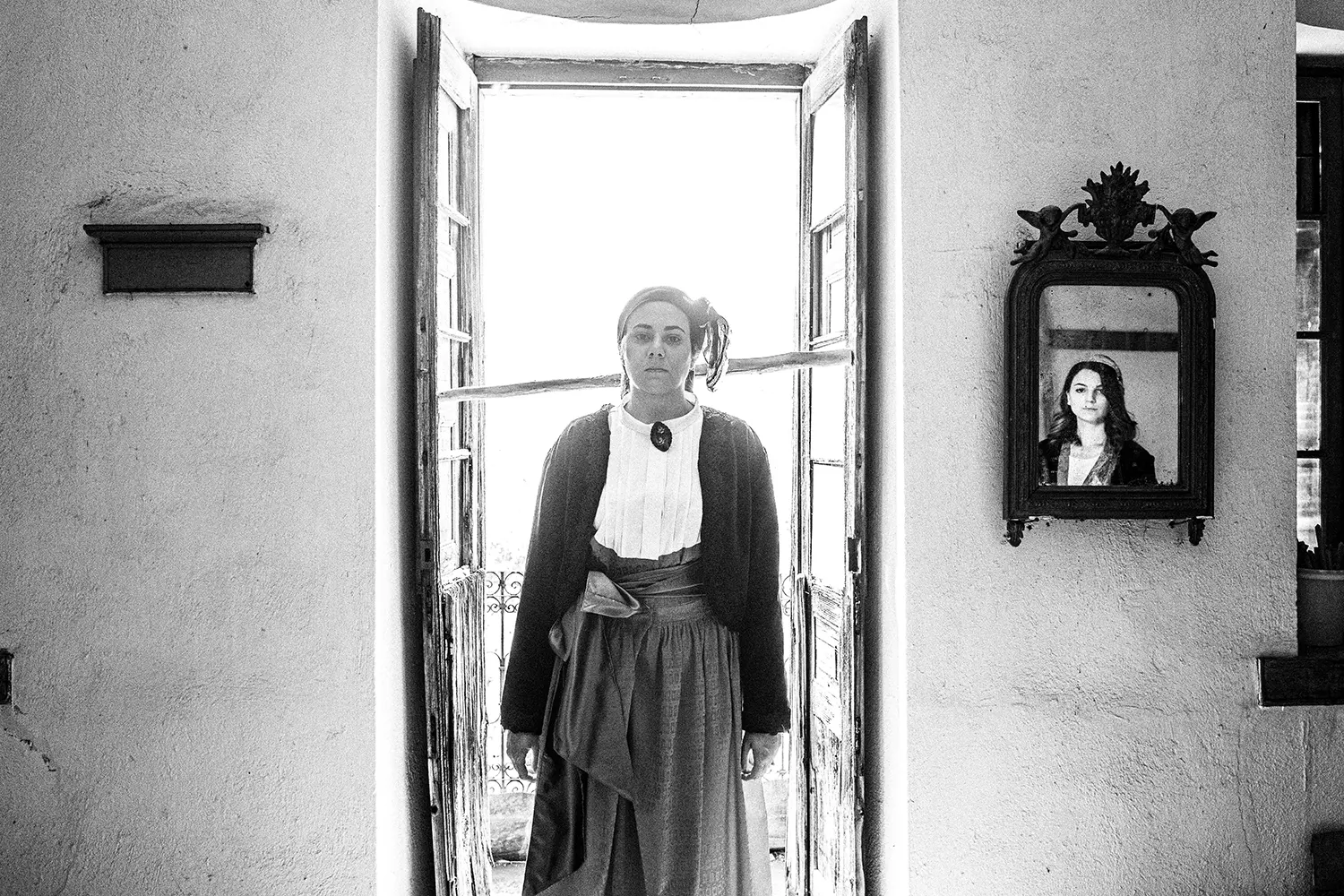
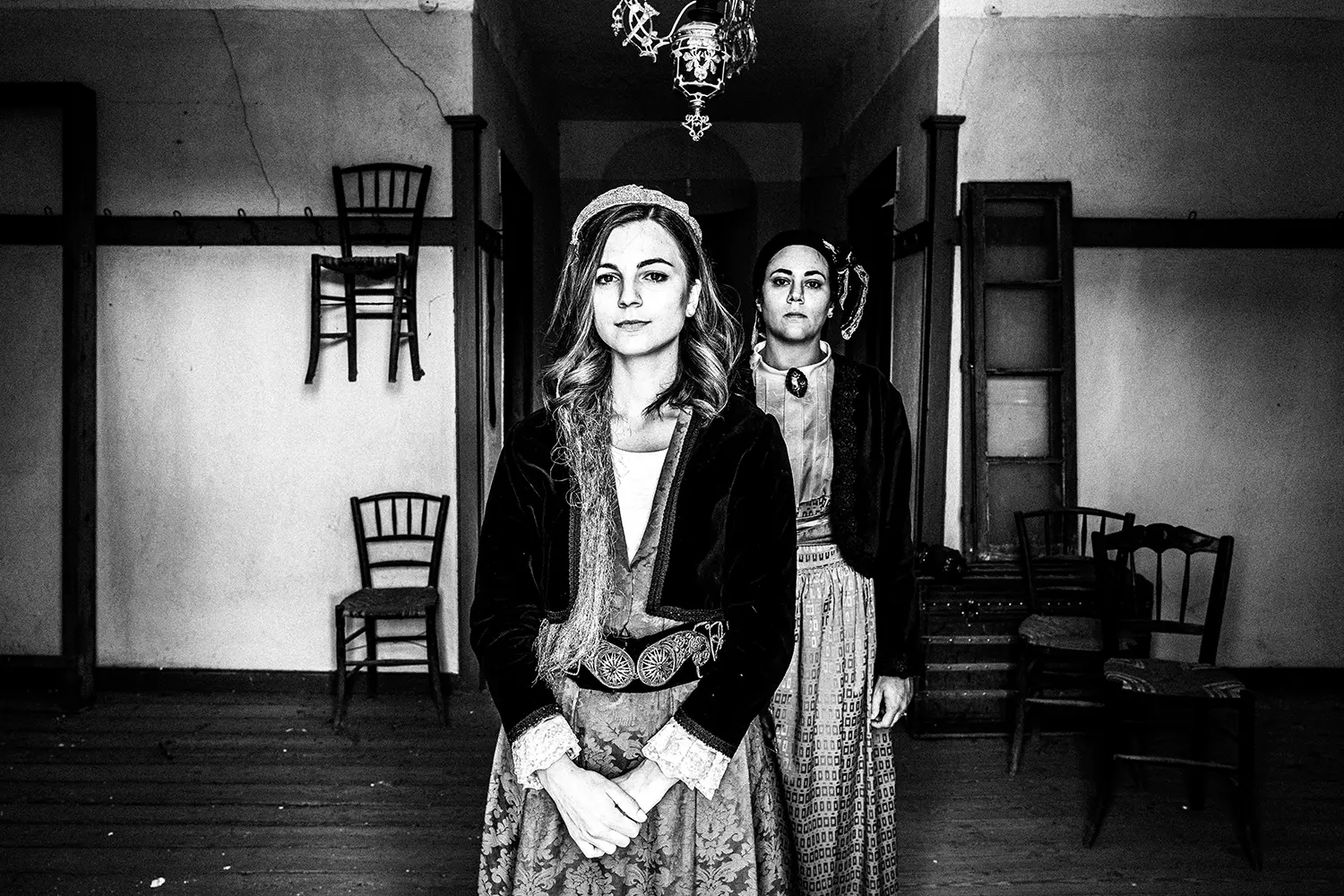


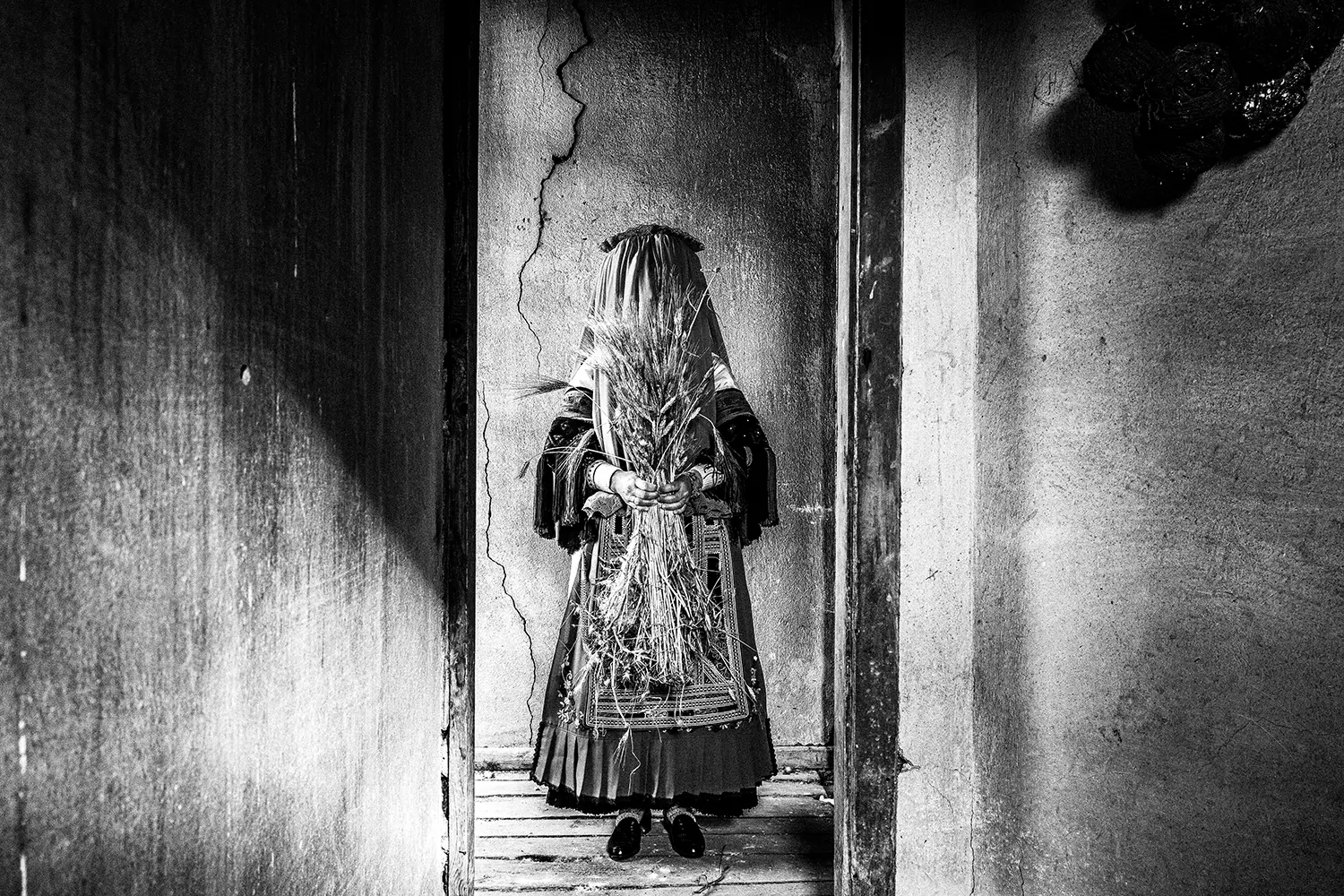
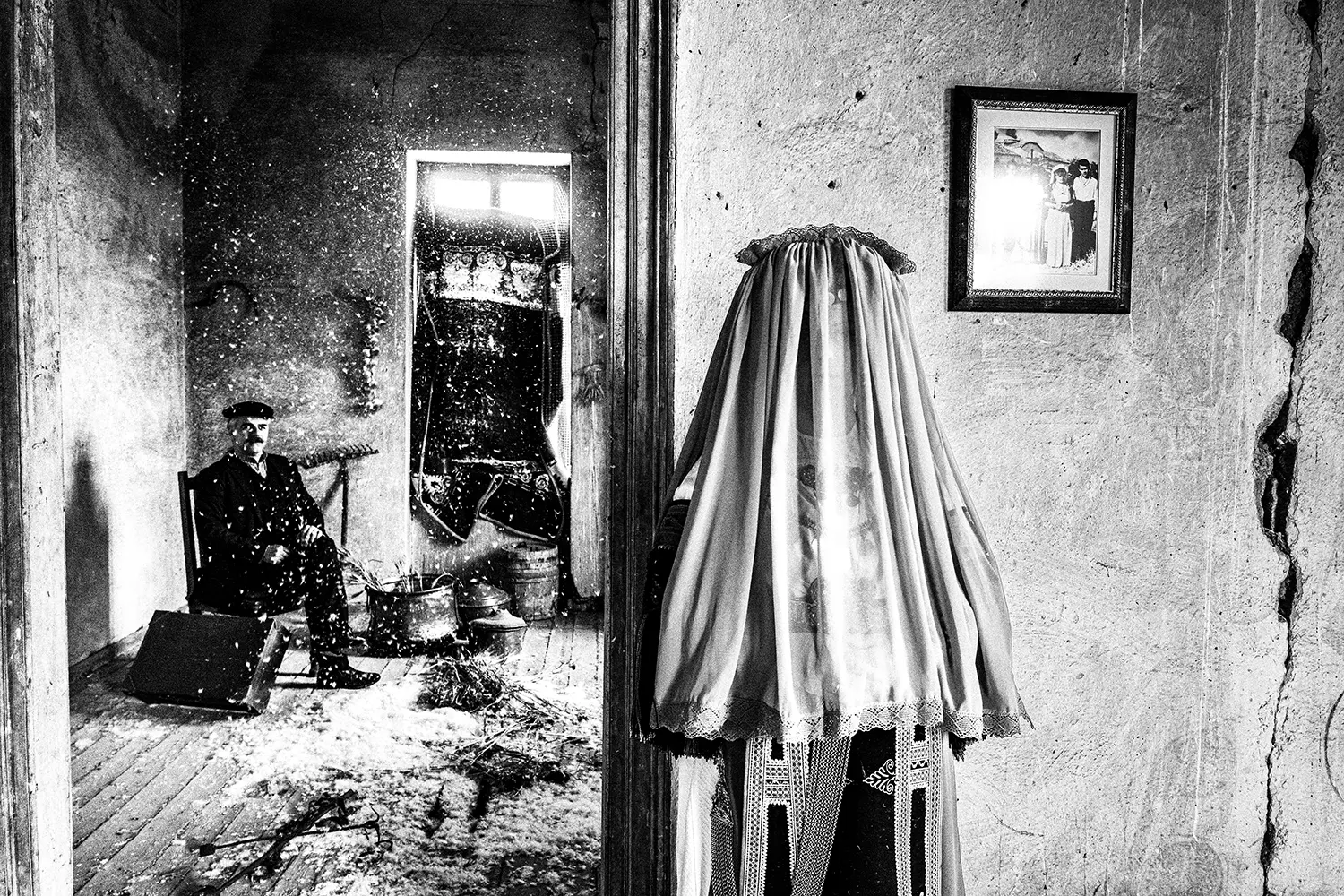

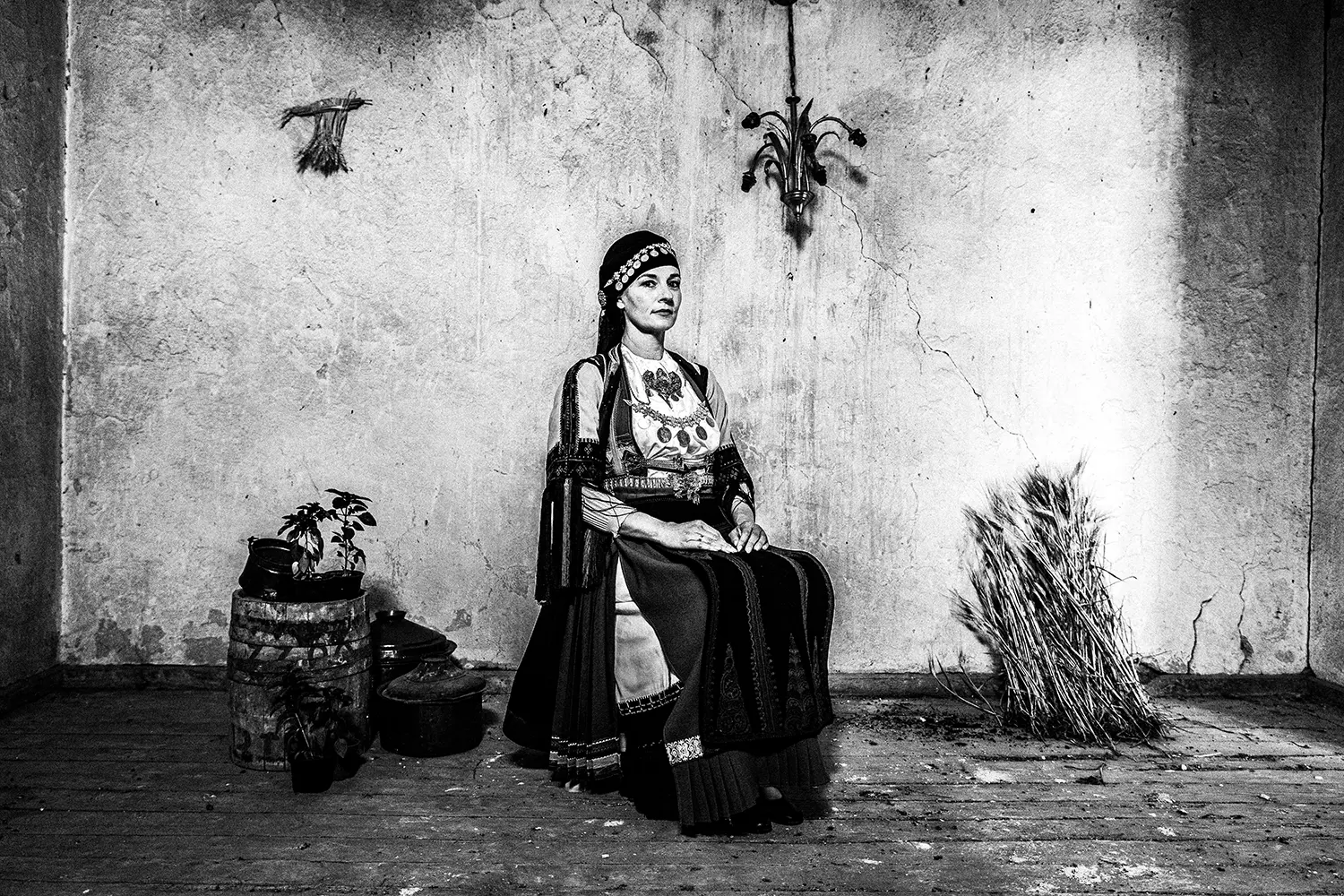
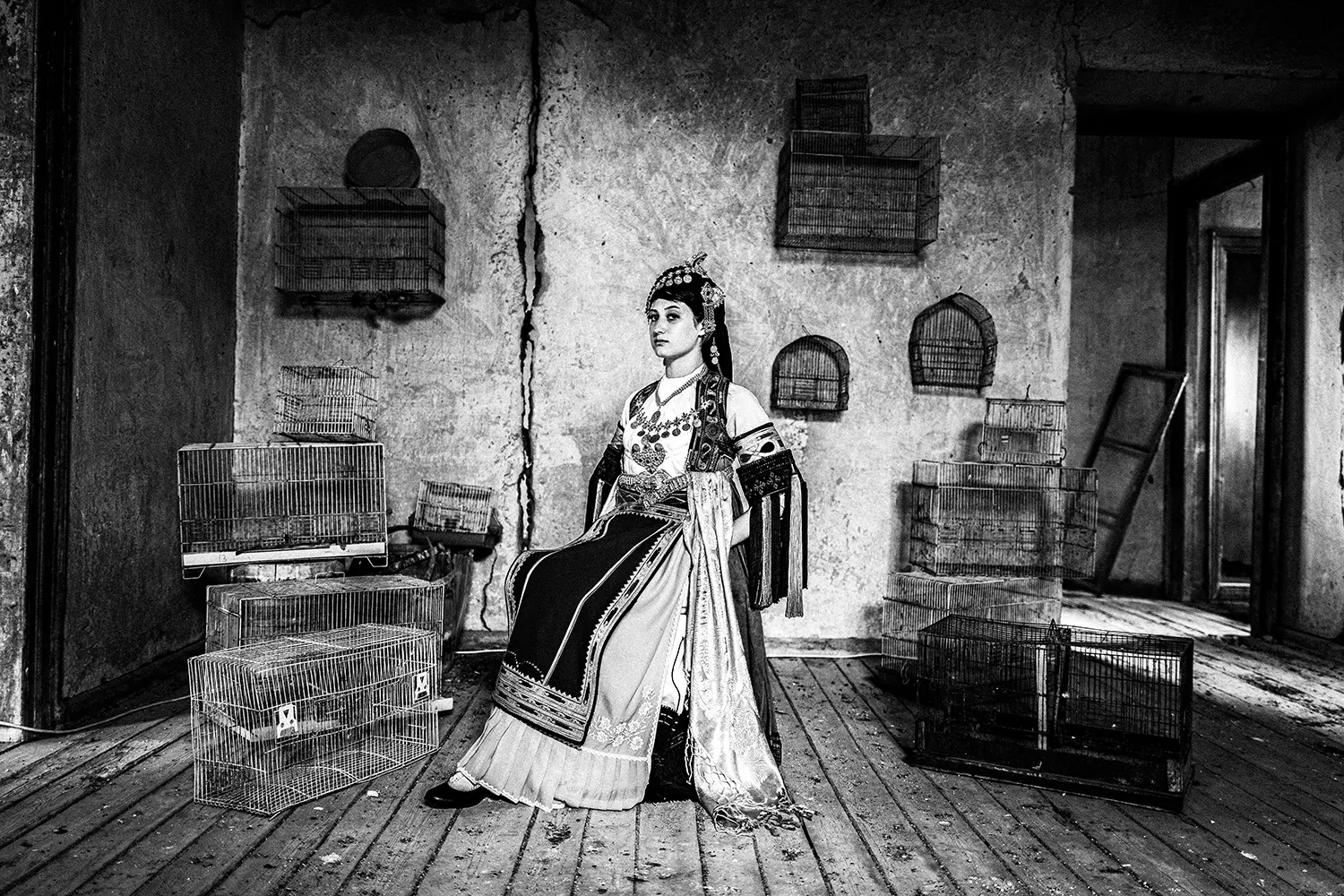




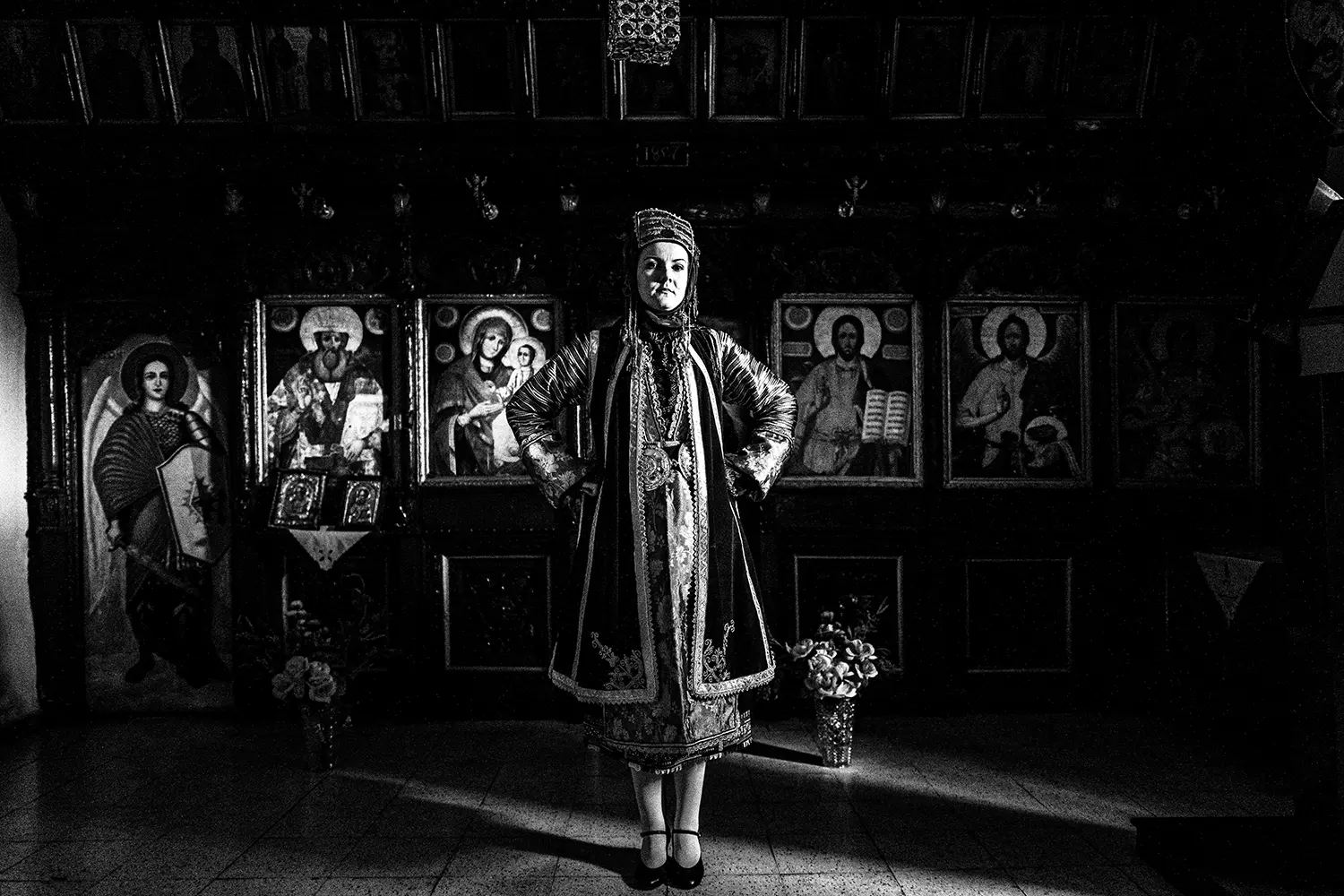
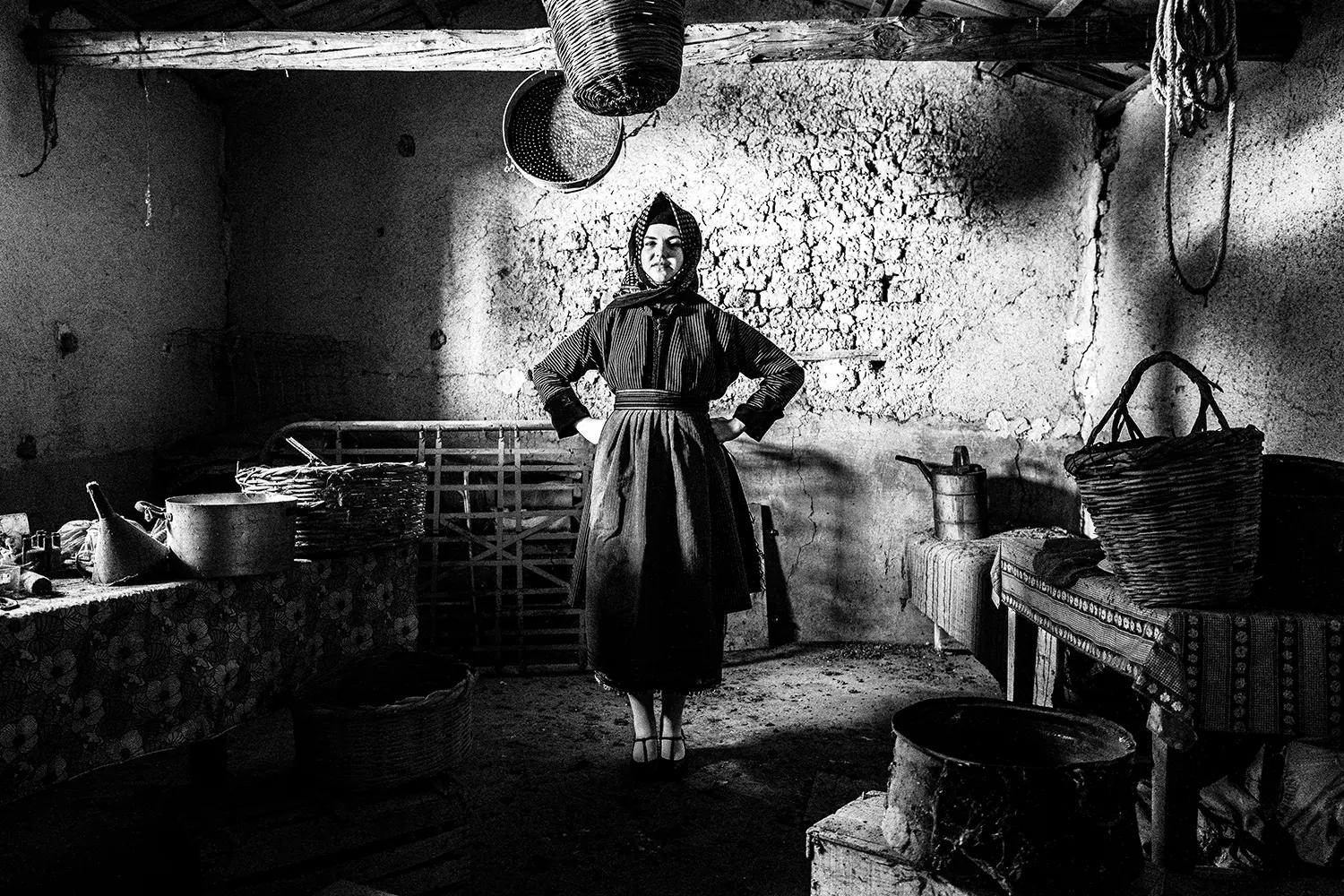
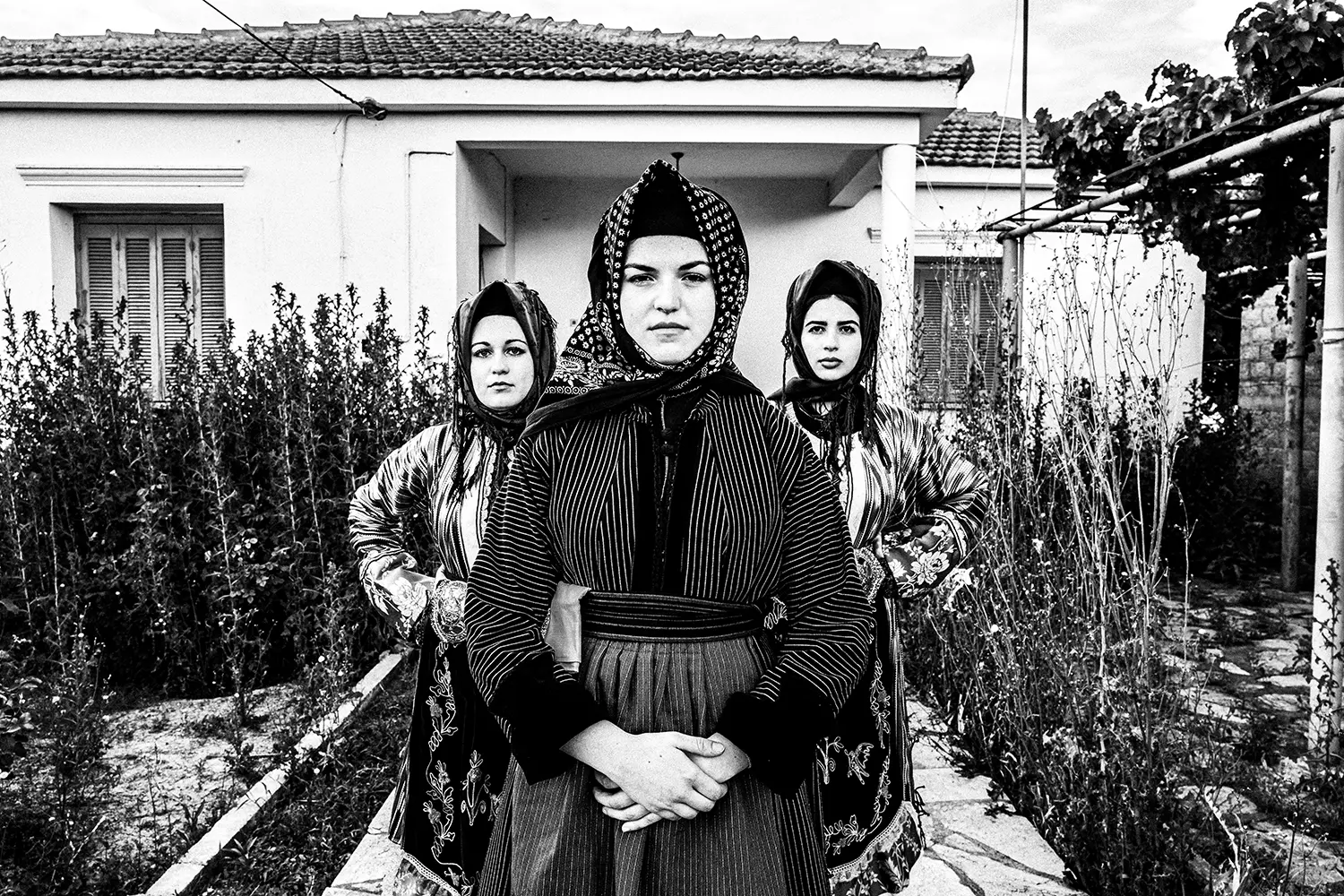
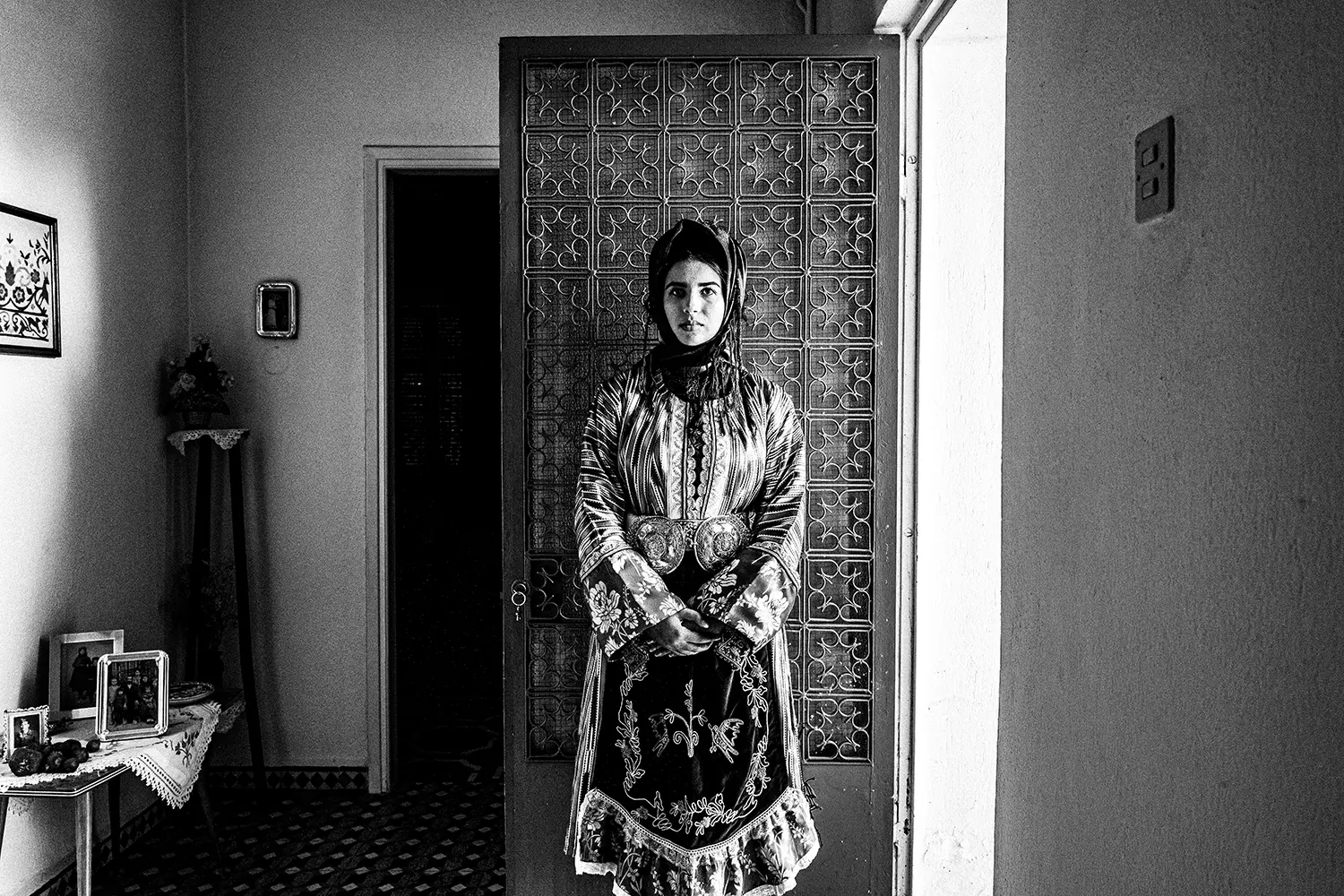










































Comments